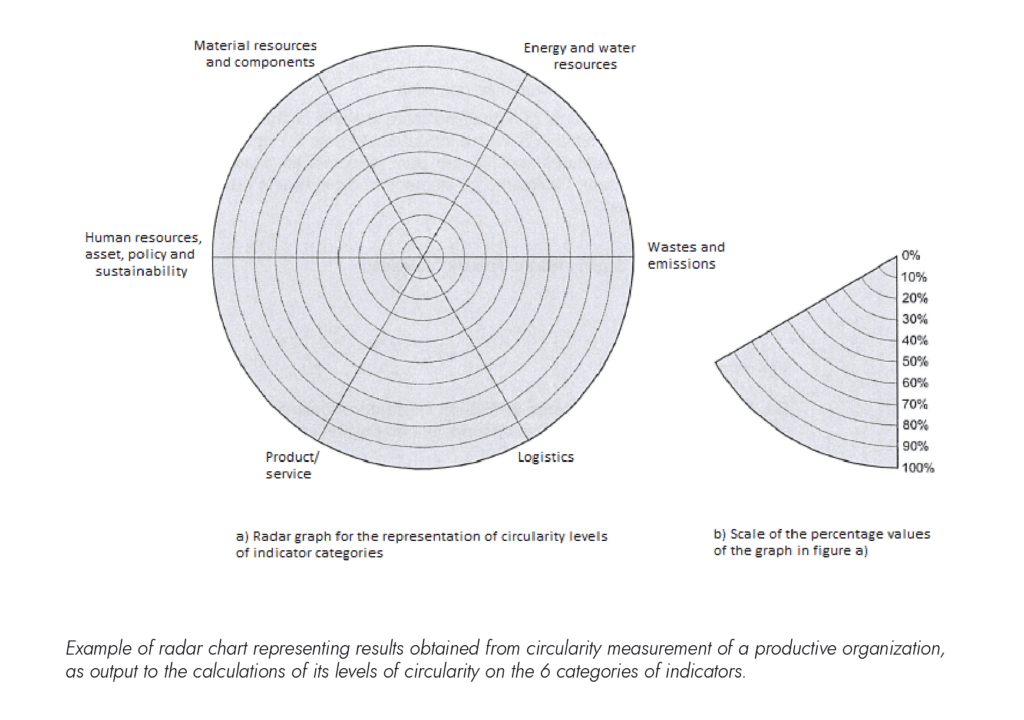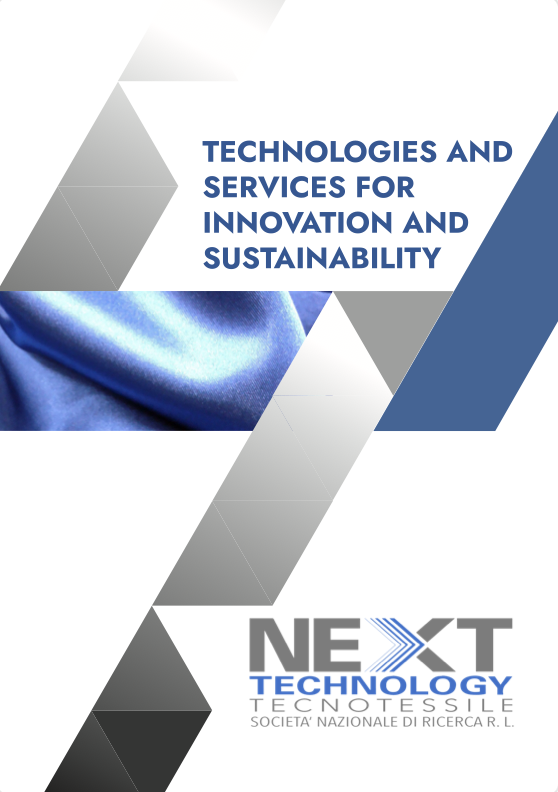Methodology
The circular economy is an economic model that plays a key role in the implementation of the ecological transition and the objectives of the National Recovery and Resilience Plan.
An important step in the path towards a circular economy came with the publication of the technical specification UNI/TS 11820 “Measurement of circularity – Methods and indicators for measuring circular processes in organizations”. The methodology was developed by the UNI 057 Technical Commission which is working on the development of standards on the Circular Economy in which the Ministry of the Environment and Energy Security has also actively participated. Manufacturing companies must be able to certify the circularity of the products they place on the market, defining overall sustainability, to allow the consumer to make an informed choice.
The UNI/TS 11820 technical specification, together with the ISO 59020 standard, provide an effective tool for the assessment of circularity at an international level for companies and other organizations, contributing to the achievement of the objectives of the UN 2030 Agenda, in line with the ESG (Environmental, Social and Governance) rating.
The UNI/TS 11820 technical specification defines a set of circular economy indicators designed to measure, using a base 100 measurement system, the level of circularity of an organization or group of organizations, including Public Administrations. The requirements contained in the specification are applicable to all organizations, regardless of their type or size, the products supplied or the services provided. In detail, UNI/TS 11820 defines how to collect useful information for measuring circularity and provides a set of useful indicators for verifying the effectiveness of the organization’s own strategies.
The indicators are applicable at MICRO level (single organization, local authority) and MESO level (group of organizations, inter-organizations, industrial or territorial clusters, industrial areas and districts, production and supply chains of materials, territories, regions, metropolitan areas, provinces). They are divided into 6 categories that include material resources and components, energy and water resources, waste and emissions, logistics, product and service, human resources, assets, policies and sustainability.




